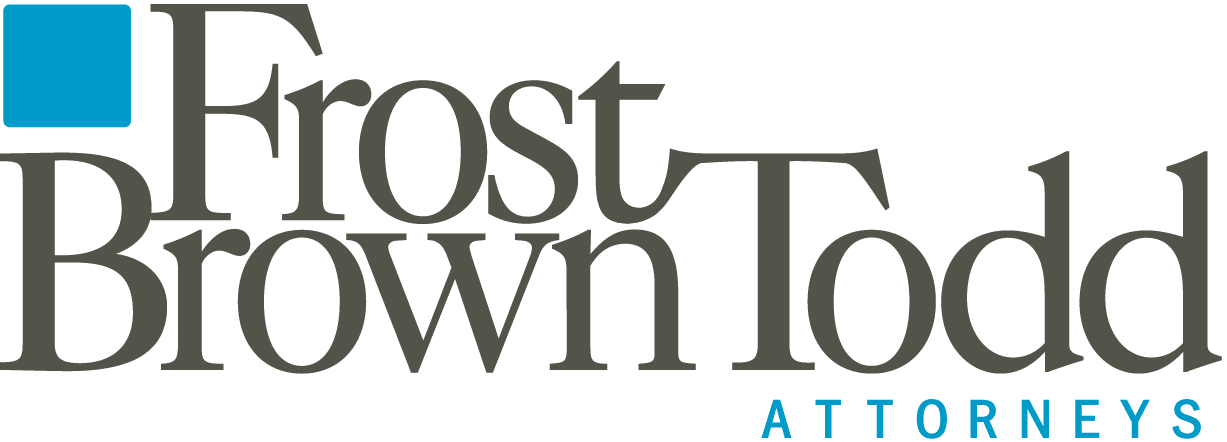The U.S. Department of Housing and Urban Development (HUD) is changing its formula for annual adjusted rents to address rising insurance costs. Insurance costs have risen dramatically across the country for multifamily properties, and a 2024 market analysis by Fannie Mae points out that these additional operating costs have been particularly difficult to absorb for multifamily properties that are assisted by HUD and the Low-Income Housing Tax Credit (LIHTC) program.
The primary driving factor behind these rising insurance premiums is severe climate disasters, which certain states have experienced more frequently. For example, Florida and Texas faced double-digit increases to insurance premiums after damage sustained from multiple severe hurricanes during the past decade, such as Hurricane Harvey. California has seen the impact from flooding and wildfires, with the city of Los Angeles experiencing a 30% increase in monthly premiums from 2023 to 2024. This number is sure to rise again as the city rebuilds after the ongoing wildfires.
To address the localized effect of rising insurance premiums, HUD revised its formula to calculate yearly rent increase adjustments for certain multifamily properties. This formula produces the Operating Cost Adjustment Factor (OCAF) for each state, which is published in the Federal Register early each year. The OCAF determines the maximum rent increase allowed for certain properties receiving project-based assistance under the Section 8 Housing Assistance Program (HAP), which may apply depending on the rent-increase method specified in the property owner’s HAP contract. These HAP rents are paid to property owners by a local public housing agency on behalf of Section 8 tenants, so the tenants are not covering the cost of annual rent increases. Following publication in the Federal Register, OCAF rent increases are effective for eligible properties with HAP contract anniversary dates of February 11 and later.
The formula used to calculate the OCAF is derived from nine components that are intended to create an accurate representation of operating costs for multifamily residential housing. These components are as follows:
- Electricity
- Employee benefits
- Employee wages
- Fuel, oil, goods, supplies and equipment
- Insurance
- Natural gas
- Property taxes
- Water, sewer and trash
Data for each of these components is derived from various cost indexes that are published in the National Register. In prior years, a national index published by the Bureau of Labor Statistics was used to calculate the insurance component of the OCAF so state-level fluctuations of insurance premiums were not factored into each state’s OCAF.
Beginning with the OCAFs published in 2025, HUD is using actual state-level cost data from audited financial statements of projects to determine year-over-year increases in the cost of insurance premiums for most states. For the 17 states with less than 100 properties receiving project-based assistance under a HAP contract, HUD will use the HUD Regional average change in actual insurance expenditures. Ultimately, these calculations will affect the amount of subsidies that owners of certain project-based Section 8 properties are eligible for. States with faster-growing insurance premiums due to severe climate events will benefit the most from the new provisions, which may provide some relief to owners of eligible properties in those states. Potential owners of HUD-assisted projects should understand whether the OCAF rent calculation applies to their particular HAP contract before purchasing the property.
Frost Brown Todd counsels investors, developers and other key stakeholders on affordable housing transactions in states across the country. We stay at the forefront of all legislative efforts affecting the industry, and we are ready to assist clients with navigating the changing legislative environment. For assistance with understanding how this new legislation may apply to your projects, please contact the authors or any attorney on Frost Brown Todd’s Multifamily Housing industry team.
